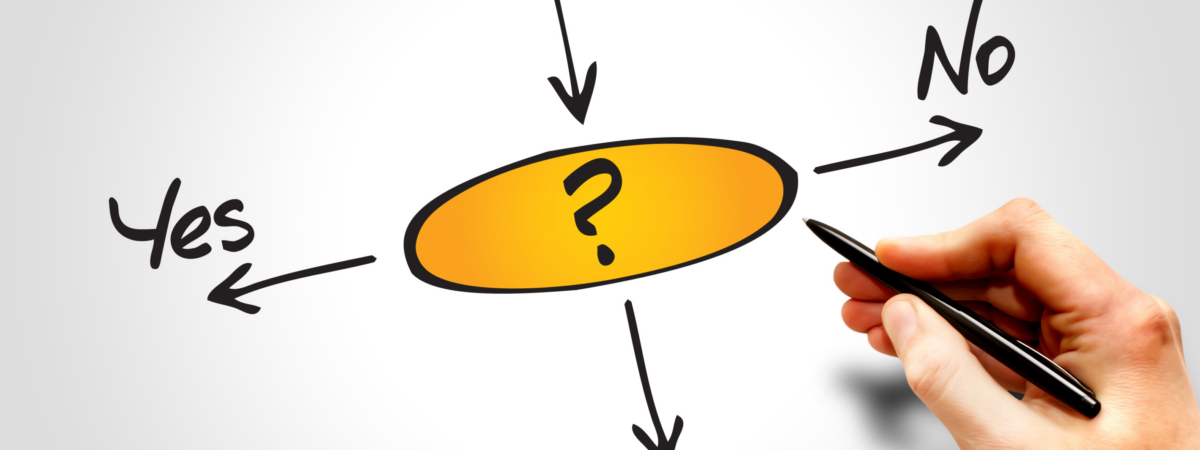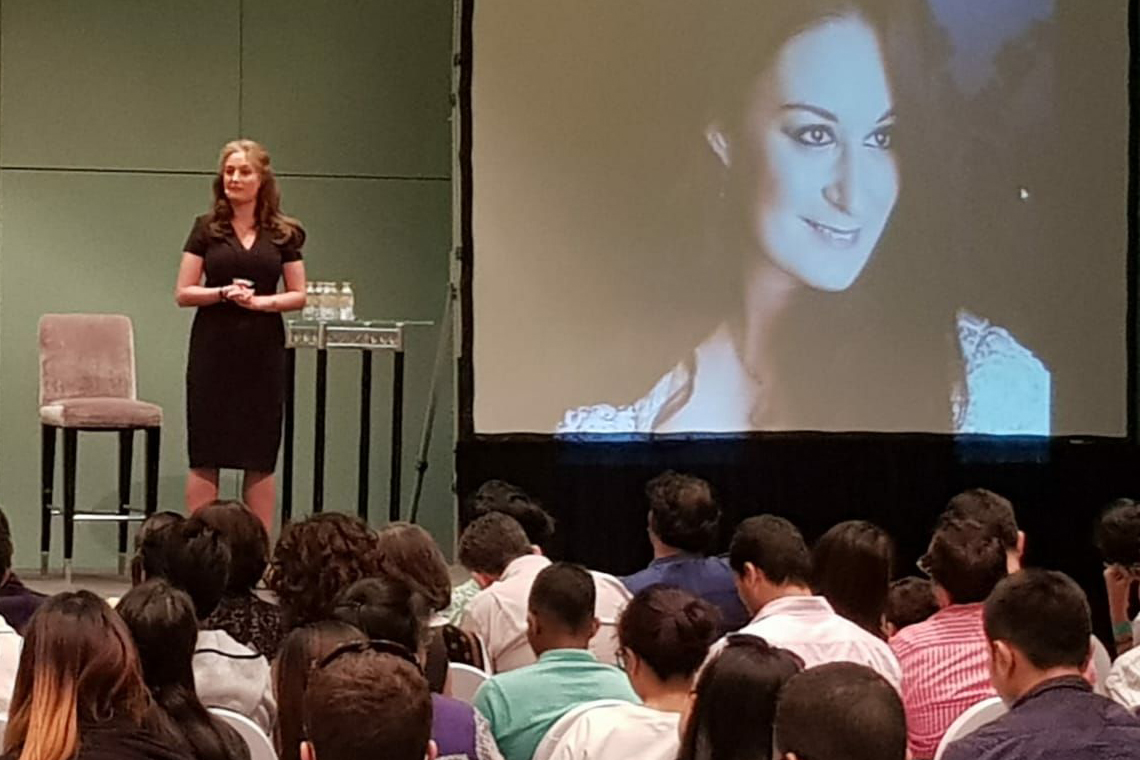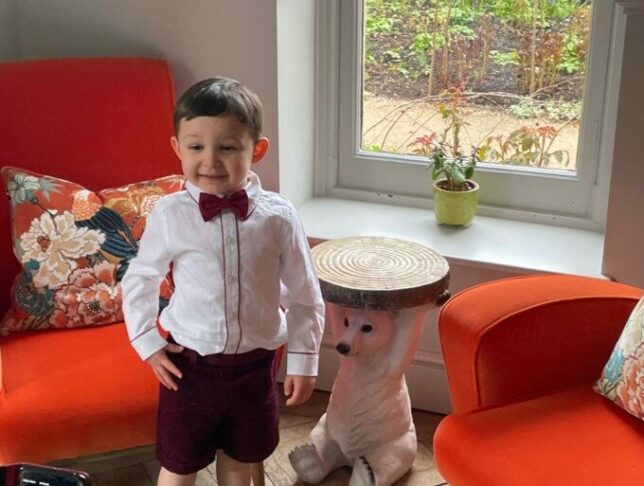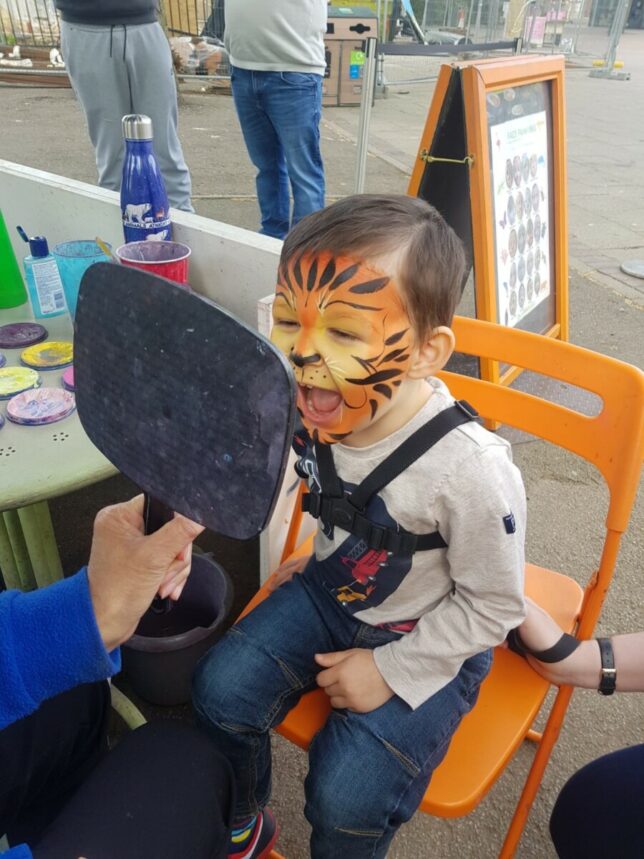Breaking Free from Barriers
Step 3 of the SOLVE IT Method – Overcoming What Holds You Back
Every decision you make is shaped by both visible and invisible influences. Some propel you forward, while others act as barriers, preventing progress. Step 3 of the SOLVE IT Method focuses on identifying and addressing these barriers, particularly the limiting beliefs that often hold you back from achieving your best and higher purpose. This stage is pivotal, equipping you to move beyond self-imposed constraints and unlock your full potential.
If you’ve completed Steps 1 and 2—clearly defining your situation and exploring all options available—you’re already more than a quarter the way there. Now, it’s time to shift your focus inward to uncover what may be stopping you from embracing the opportunities that align with your goals.
The Neuroscience of Limiting Beliefs
Our brain is a powerful tool, but it doesn’t always serve us perfectly when making decisions. Understanding the brain’s role in reinforcing limiting beliefs can help us dismantle them.
- The Amygdala: This region, associated with fear, often exaggerates perceived risks, creating avoidance behaviours. For example, believing “I’ll fail if I try” triggers the amygdala to resist action, even when the risks are minimal.
- The Default Mode Network (DMN): This network drives introspection and creativity but can spiral into unproductive rumination, amplifying self-doubt and fear of failure.
- Neuroplasticity: The brain’s ability to rewire itself is key to overcoming limitations. Through consistent effort, new thought patterns can replace old, restrictive beliefs, fostering confidence and optimism.
Recognising how these mechanisms shape your perspective empowers you to challenge and reshape limiting narratives, creating space for growth.
Why Address Limitations and Beliefs?
While exploring options may feel like the “fun” part of decision-making, unexamined limitations and beliefs can sabotage even the most exciting possibilities. This stage isn’t about judgment or self-criticism—it’s about cultivating self-awareness and strategic insight.
Limiting factors generally fall into two categories:
- External Limitations: Concrete constraints like time, money, resources, or obligations. These are the tangible factors influencing what you can or cannot do.
- Internal Beliefs: Perceptions, assumptions, or fears that shape how you interpret opportunities and risks. These can be empowering when aligned with reality, but harmful when rooted in negativity or misjudgment.
Both types of limitations are significant, but it’s often our internal beliefs that wield the most power over decision-making.
How Do Limiting Beliefs Sabotage Success?
Limiting beliefs sabotage success by interfering with the natural process of achievement. Success follows a predictable four-step sequence:
- Decide Clearly What You Want: Clarity is a prerequisite for progress. A limiting belief, like “I’ll never be good at public speaking,” keeps you from even trying.
- Do Something to Make It Happen: Beliefs guide action. If you doubt your potential, you’re unlikely to take meaningful steps.
- Adjust Your Approach: Growth requires feedback. Without it, limiting beliefs leave us rigid and inflexible.
- Keep Going Until You Succeed: Perseverance is critical. Yet a limiting belief whispers, “Why bother? You’ll fail anyway.”
Imagine an actor giving up after the first rejection or a property investor ceasing efforts after one failed deal. These moments, while discouraging, are part of the process. Success, as I often say, requires intelligent, calculated effort—not blind determination, but consistent refinement based on lessons learned.
Identifying and Addressing Limitations
Limitations fall into two categories: external and internal. Both influence decisions, but internal beliefs—those shaped by perceptions, fears, or assumptions—often hold the most sway.
Assess External Limitations
Begin by listing tangible factors that constrain your choices. These might include:
- Time
- Financial resources
- Support systems
- Access to information
Ask yourself:
- Are these barriers genuinely fixed, or can they be adjusted?
- How can I creatively overcome or mitigate their effects?
For example, if finances limit your ability to pursue further education, explore scholarships, payment plans, or employer sponsorships. Reframing external barriers as solvable challenges reduces their power.
Examine Internal Beliefs
Unpacking internal beliefs is more nuanced. These beliefs often operate below the surface, influencing decisions in subtle but profound ways.
Questions to Ask Yourself:
- What assumptions am I making about this decision?
- Are these assumptions rooted in fact or fear?
- How have similar beliefs shaped past decisions—positively or negatively?
Common Limiting Beliefs:
- Fear of failure: “If I try and fail, I’ll confirm I’m not good enough.”
- Fear of success: “If this works, I might not handle the pressure.”
- Imposter syndrome: “I don’t deserve this opportunity.”
By acknowledging these beliefs without judgment, you can begin to challenge and replace them.
Practical Reframe Exercise
- Write down one limiting belief you’ve identified (e.g., “I’m not qualified for this job”).
- Ask, “What evidence supports this belief? What evidence contradicts it?”
- Replace the belief with an empowering statement (e.g., “I’m continually learning and improving, which qualifies me to succeed.”).
The Ripple Effect of Transformation
When you challenge and replace limiting beliefs, the transformation doesn’t stop with you. Your newfound clarity and confidence ripple outward, influencing your relationships, your children, and even your colleagues.
By adopting empowering beliefs, you unlock not only your potential but also the potential of those around you. Imagine a parent modeling resilience and possibility for their children or a leader fostering a culture of growth in their team.
Realigning Beliefs with Core Values
Your beliefs stem from deeply ingrained values. By reconnecting with these, you can distinguish limiting narratives from principles that truly matter.
Exercise:
- Identify your top three values (e.g., integrity, creativity, family).
- Compare your beliefs to these values:
- If you value integrity but believe “I must compromise my standards to succeed,” there’s a disconnect.
- By realigning this belief, you reaffirm decisions that honour your true self.
Cultivate Resilience Against External and Internal Barriers
Building resilience involves shifting your focus from what’s missing to what’s possible. Techniques include:
- Gratitude Practices: Regularly reflecting on strengths, resources, and past successes rewires the brain to seek positivity.
- Visualization: Envision the outcomes you desire, not the obstacles in your path. This primes your brain to focus on solutions.
- Action-Oriented Thinking: Break overwhelming challenges into manageable steps, reinforcing a sense of progress.
Tools for Breaking Barriers
While techniques like SWOT analysis are useful, more specialised tools can deepen your understanding:
- Belief Matrix:
Create four quadrants:- Empowering beliefs rooted in fact
- Empowering beliefs rooted in fear
- Limiting beliefs rooted in fact
- Limiting beliefs rooted in fear
Focus on reinforcing empowering beliefs and challenging those rooted in fear.
- ABC Framework (Adversity-Belief-Consequence):
- Adversity: Identify the obstacle.
- Belief: Examine the thought linked to it.
- Consequence: Recognise how this belief affects your actions.
Intervening at the “belief” stage can transform negative outcomes into positive momentum.
- Reappraisal Journaling:
- Write down a limitation (e.g., “I don’t have time”).
- Reframe it (e.g., “I can dedicate 15 minutes a day to make progress”).
Breaking Free: A Seven-Step Process
The good news is that limiting beliefs aren’t permanent. Here’s a step-by-step guide from my Coach With Sloan framework:
- Identify the Limiting Belief: What’s holding you back? Write it down. Perhaps it’s “I’m not good enough” or “I’ll never make enough money.”
- Question Its Validity: Ask, “Is this true beyond a shadow of a doubt?” Often, limiting beliefs are based on faulty interpretations or unexamined assumptions.
- Trace Its Origins: Where did this belief come from? Was it a parent, teacher, or personal failure? Recognizing the source often helps dismantle the belief’s authority.
- Reject the Belief: Say aloud, “I choose not to believe this anymore.” While simple, this declaration marks a turning point.
- Replace the Belief: Craft a new, empowering belief. For example, replace “I’ll never be wealthy” with “I am capable of creating wealth and abundance.”
- Gather Supporting Evidence: Find examples that reinforce your new belief. Have others with fewer resources achieved what you aspire to?
- Monitor Progress: Belief change manifests as behavioral change. Track how you think, feel, and act differently over time.
Case Study : Overcoming a Limiting Belief
Scenario: A professional hesitates to apply for a leadership role, believing they lack natural leadership qualities.
Steps Taken:
- Identified the belief stemmed from a single past failure.
- Acknowledged examples of leadership in everyday roles (e.g., project management).
- Reframed the belief: “Leadership is a skill I’m actively developing.”
- Practised visualisation and gratitude exercises to reinforce confidence.
Outcome: They applied for and secured the role, gaining further confidence through experience.
From Awareness to Empowerment
Step 3 of the SOLVE IT Method isn’t just about identifying limitations—it’s about breaking their hold on you. By addressing external barriers, challenging internal beliefs, and aligning your mindset with your core values, you lay the groundwork for confident, purpose-driven decision-making.
Ready to take the next step? In Step 4, you’ll learn how to assess and align resources, ensuring you have everything you need to turn your decisions into action. Stay focused, and remember: every barrier is an opportunity for growth.
















